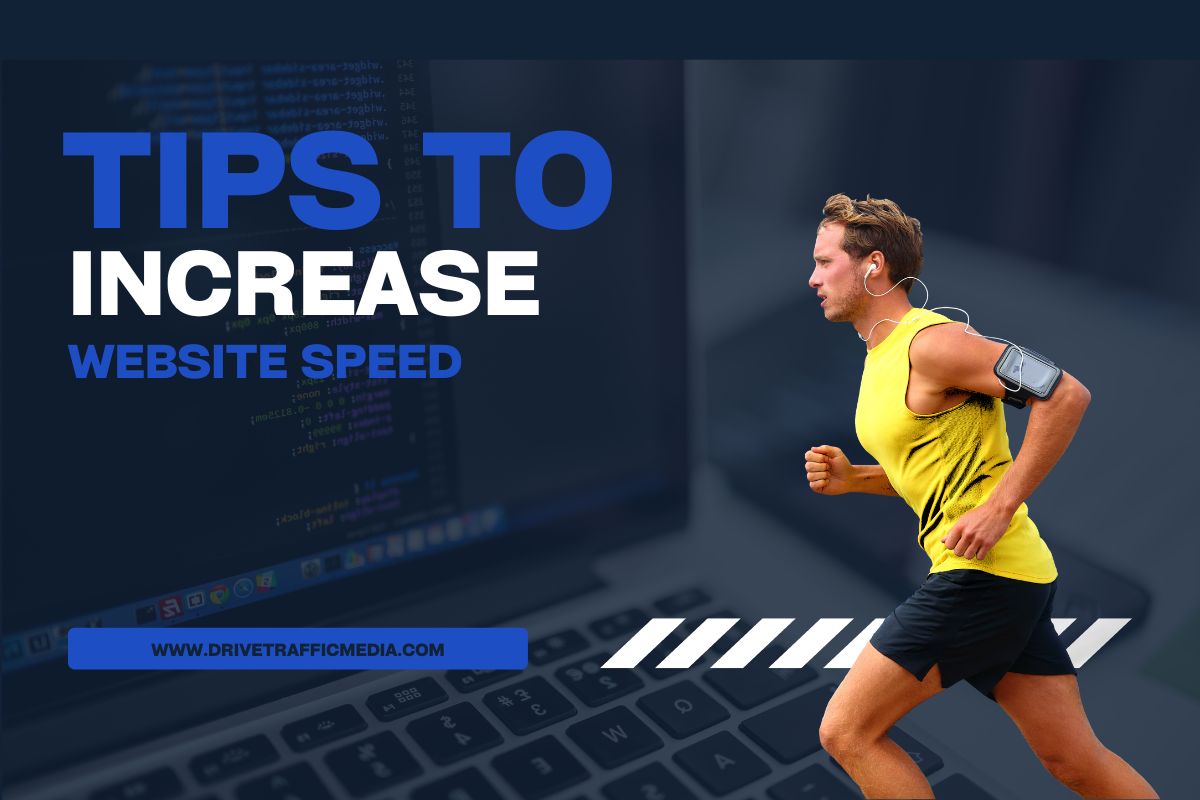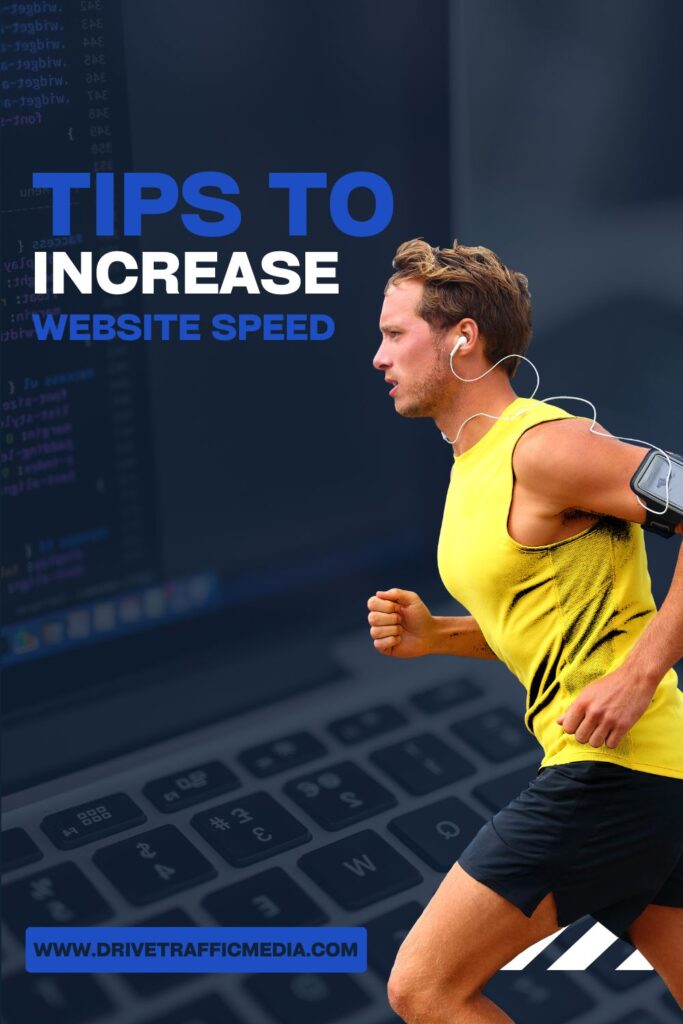The loading speed of E-Commerce websites has significantly improved over the years due to the broader availability of fast internet connections. Still, many online shop owners struggle to make their websites run fast. Our web design experts confirm that you can design a user-friendly website, but if customers notice that it takes too long to load, they will probably shop elsewhere. Here are ten tips from our experts to help increase the speed of your E-Commerce website:
1. Reduce Page Size
The general rule is the smaller the page size, the better. Our E-Commerce web design experts in orange county warn against embedding big objects or images on a page, and it would help if you always were cautious of loading time. Our experts recommend maintaining page load time to three seconds or less. The only exception is if your website needs to include richer graphics to make more revenue.
2. Use a Content Delivery Network
You will benefit from using a content delivery network if you have international customers. This network works by caching the content on servers located in various parts of the world, and it helps decrease loading times.
3. Use Caching and In-Memory Technology
Caching or in-memory technologies can help you avoid needlessly opening up a database. The technology uses RAM on a server and stores data within it. Using this technology improves overall performance because input-output operations are usually ten times faster on RAM than on a hard disk.
4. Compress Data
Make use of compression software so that you can reduce the size of data sent to a browser. Before you use data compression tools, we strongly recommend checking that your shoppers do not use outdated browsers because most compression software is incompatible with older browsers like Internet Explorer 4.
5. Specify Image Dimensions
We suggest specifying the height and width of product images. It would help if you allowed the browser to make placeholders for your photos and load the page and the pictures simultaneously. You should also consider automatically altering image sizes to optimize images for mobile and tablet devices.
6. Optimize Platform Configuration
Whether your E-Commerce website is hosted or licensed, you must optimize configurations to improve page loading times.
7. Use Less Round Trips
We recommend combining several files with fewer “round trips” to the server. Doing this forces the browser to make one request rather than taking multiple trips. And ultimately, you reduce your loading times.
8. Check Your Speed
You should regularly check the speed of your Ecommerce website. If your page takes more than three seconds to load, that problem must be fixed. You can utilize tools like Google’s PageSpeed Insights or Yahoo’s YSlow to check your website’s loading speed. If you use Google’s PageSpeed Insights, remember that a score of 85 or higher means your site performs well.
9. Avoid Redirects
You want to avoid redirects because they usually increase page loading times. Our experts recommend removing redirects as soon as most shoppers use the new URLs.
10. Use Fast Hosting Servers
Our experts suggest reaching out to your hosting provider and asking them to size your server based on the following criteria:
- Peak user load
- Probably traffic growth in the next year
- Memory requirements

